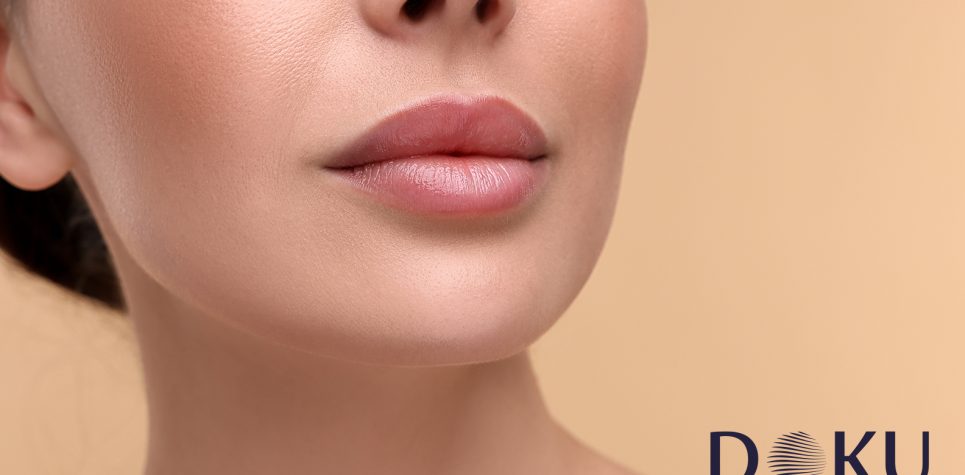NanoFat
NanoFat; Those who prefer natural methods in the fight against aging do not have to stay away from the miraculous applications of advanced aesthetic surgery.
Among procedures such as skin tightening, fillers, and Botox—which provide a noticeably younger appearance—the stem cell-based NanoFat Grafting technique has been added. It serves as a solution for individuals who want to maintain a youthful look while staying natural.
What is “NanoFat Grafting”?
Due to genetic and aging-related factors, tissue loss, lines and wrinkles, volume deficiency, and skin sagging can occur in skin tissue. NanoFat Grafting is known as an effective treatment method for these issues, bringing along a natural and rejuvenated appearance.
NanoFat Grafting, also known in Turkish as Nano Fat Injection, is the process of injecting nano fat cells, which are rich in stem cells, into the face using fine cannulas under the skin.
What is NanoFat and how is it obtained?
Fat is taken from areas rich in fat tissue such as the abdomen, hips, and thighs through liposuction and refined via centrifugation. It is then mechanically broken down into the smallest particles and thinned enough to pass through the finest cannulas. Filtered through special systems, this fat composed only of stem cells is called “NanoFat”.
What is the difference between NanoFat and fillers?
Fillers are hyaluronic acid-based substances used to restore lost tissue, reduce lines and wrinkles, correct volume deficiency in the face, balance symmetry, and provide more defined facial contours.
Unlike fillers, NanoFat is derived from the patient’s own fat tissue, which is a rich source of stem cells. NanoFat not only provides volume support but also creates a healing and rejuvenating effect on the tissue.
In terms of improving skin quality, NanoFat provides the following benefits:
- Reduces dark circles under the eyes,
- Aids recovery after laser treatments,
- Reduces wrinkles across the face, and
- Is preferred in scar treatments.
Compared to fillers, NanoFat has longer-lasting effects and does not cause allergic reactions since it is derived from the person’s own fat cells.
How long does NanoFat last?
The effects of NanoFat grafting last for about 3 years on average. However, the main determining factor is the person’s aging rate. Since NanoFat cells are part of the body’s natural aging process, longevity may vary depending on how fast a person ages. In the first session, NanoFat provides a permanence rate of 30–70%. Factors such as smoking and poor diet reduce its longevity.
What are the alternative treatments?
NanoFat, with its ability to provide fullness, firmness, and rejuvenation in the skin, can be an alternative to many treatments. It can serve as an alternative to Mesotherapy, PRP, and especially Fibroblast treatments, which are directly based on stem cell therapy, as a skin renewal and rejuvenation procedure. Moreover, it is often preferred over common wrinkle treatments and skin-tightening methods such as Botox, Thread Lift, and French Lift due to its longer-lasting and natural results.
What are the differences between “MicroFat” and “NanoFat”?
MicroFat is used in filler applications with low-volume fat tissue. It is applied to the cheekbones, chin, lips, and for correcting scars, deep lines, and wrinkles.
For a more effective and permanent repair by benefiting from the regenerative properties of stem cells, NanoFat cells are created by separating stem cells from other components of fat tissue.
| MicroFat | NanoFat |
|---|---|
| Used to fill a specific area. | Aims to improve skin quality. |
| Eliminates visible marks on the skin. | Adds radiance and vitality to the skin. |
| Non-allergenic. | Non-allergenic. |
| Complex fat tissue. | Contains only fat tissue. |
Who are the target group and skin types for NanoFat?
It can be applied to any healthy individual showing signs of aging, with volume deficiency, dark circles under the eyes, skin damage, and lines and wrinkles around the eyes, face, neck, and chest.

